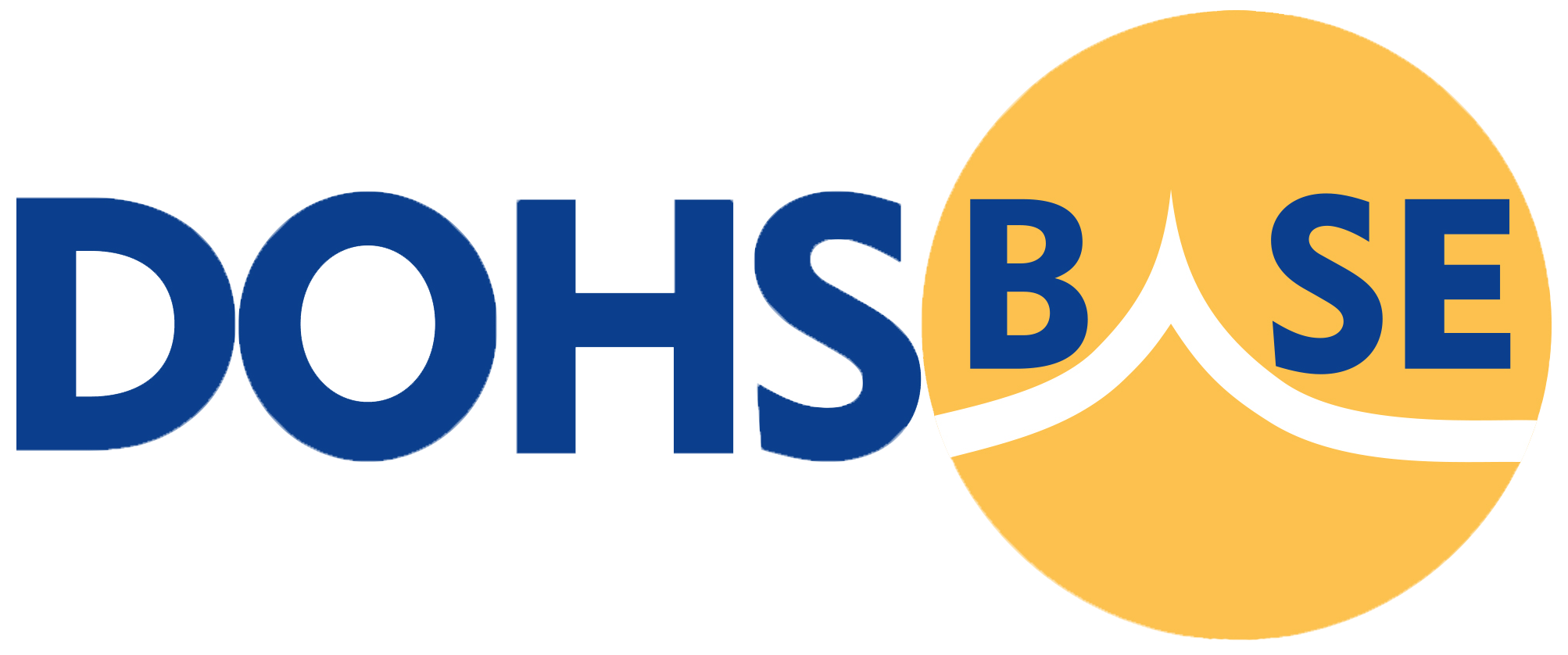Update 2021-02
Access over 225,000 chemical substances with detailed safety data and compliance information.
On August 30, 2021, we released a new update for both DOHSBase Online and DOHSBase Compare (the offline version). DOHSBase Online users have been using this update for a few days now. For DOHSBase Compare users, this update is available as a download: click here.
What has changed from the previous update (2021-01 of January 2021)?
Below is the overview:
– All changes from the interim updates (February, April and June 2021) are also available to DOHSBase Compare users.
– The latest SZW list of carcinogens and processes, mutagens or substances toxic to reproduction, Ministry of Social Affairs and Employment dated July 1, 2021 is included.
– We have made some improvements to the Health Council’s advisory values (especially for isocyanates).
– For 13 substances, at the request of customers, we have performed evaluations of substances without a harmonized classification. These “DOHSBase evaluations” are visible in the “Classifications” field in the “Hazard Identification” tab.
– Substances with a limit value based on an opinion of the European Scientific Committee on Occupational Exposure Limits (SCOEL) in advisory report SCOEL/SUM/163 have all been given the comment ‘Inhalable fraction’ at the limit value in the ‘ALS’ field. This SCOEL report is about ‘Severely Refined Mineral Oils’.
– Some substances from EU Directive 2019/130 (dated 16-01-2019) with limit values for carcinogens, had mistakenly not received a legal limit value in DOHSBase. This has been corrected.
– In Australia, the National Industrial Chemicals Notification and Assessment Scheme (NICNAS) has been replaced by the Australian Industrial Chemicals Introduction Scheme (AICIS). AICIS has added value to DOHSBase as a supplement for substances not classified with ECHA. Polymers in particular have been classified by AICIS.
Additional Classification by Algorithm
Primarily, the harmonized classification according to CLP is represented by ECHA in DOHSBase. If this is missing, other sources are consulted, such as opinions of the Health Council, IARC or Annex III or IV of the REACH Regulation or AICIS (Australia).
Since 2019, we supplement these classifications with notified classifications of specific H-phrases. We then indicate that in the notified classifications there is at least 1 notifier that indicated a particular H phrase. We represent this in the following way: “In addition: At least one (aggregated) EU-CLP notification indicates [e.g.] STOT RE 1 H372” in the Classification field. We have used this algorithm for the classifications that describe a high health risk, so not for all H-phrases.
With this information is intended as a supplement and is shown for over 72,000 substances. The user does need to check how often the H-phrase in question has been mentioned by the notifiers. 1 time out of 100 notifiers is of course different from 50 times out of 100 notifiers.
